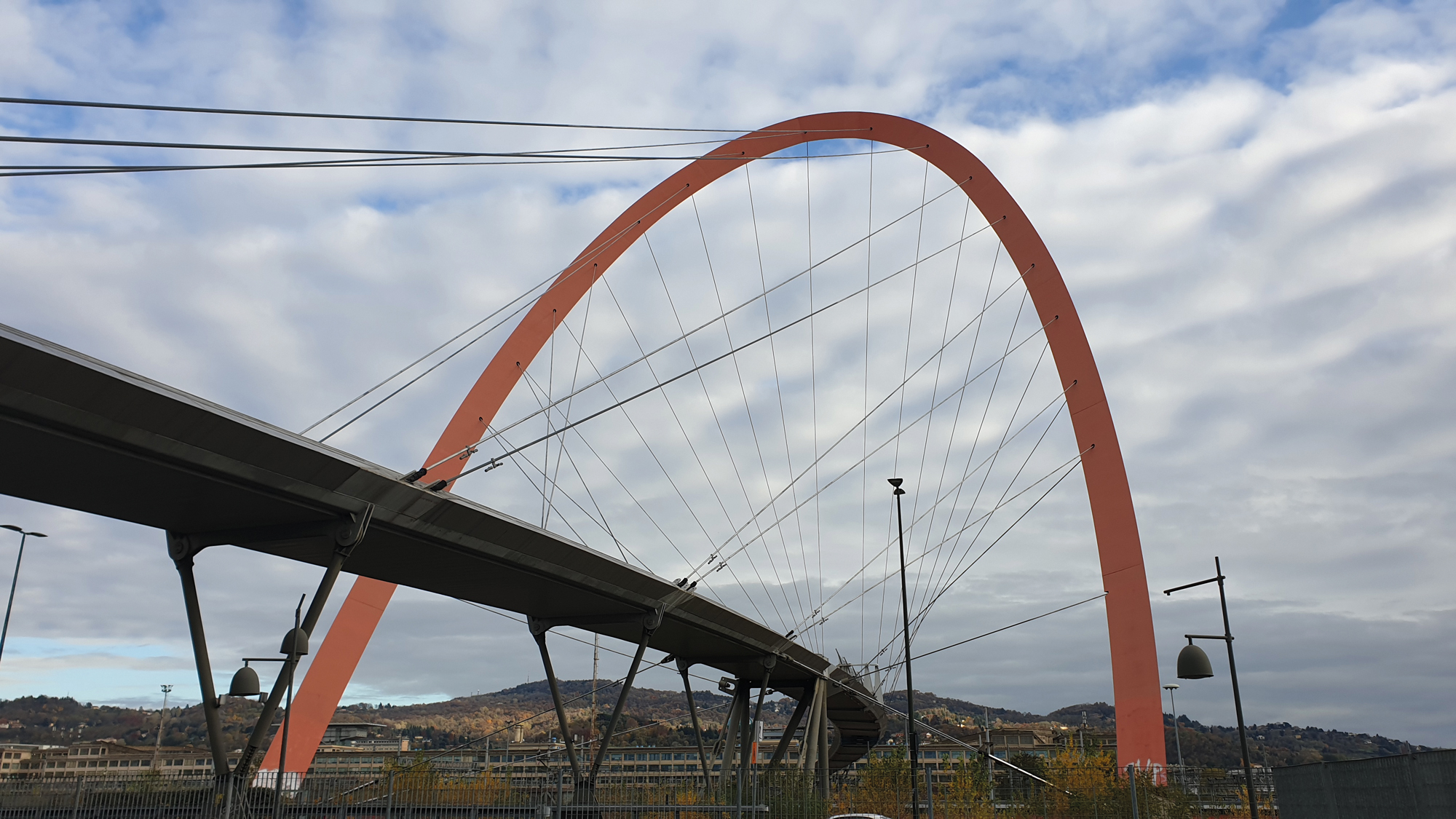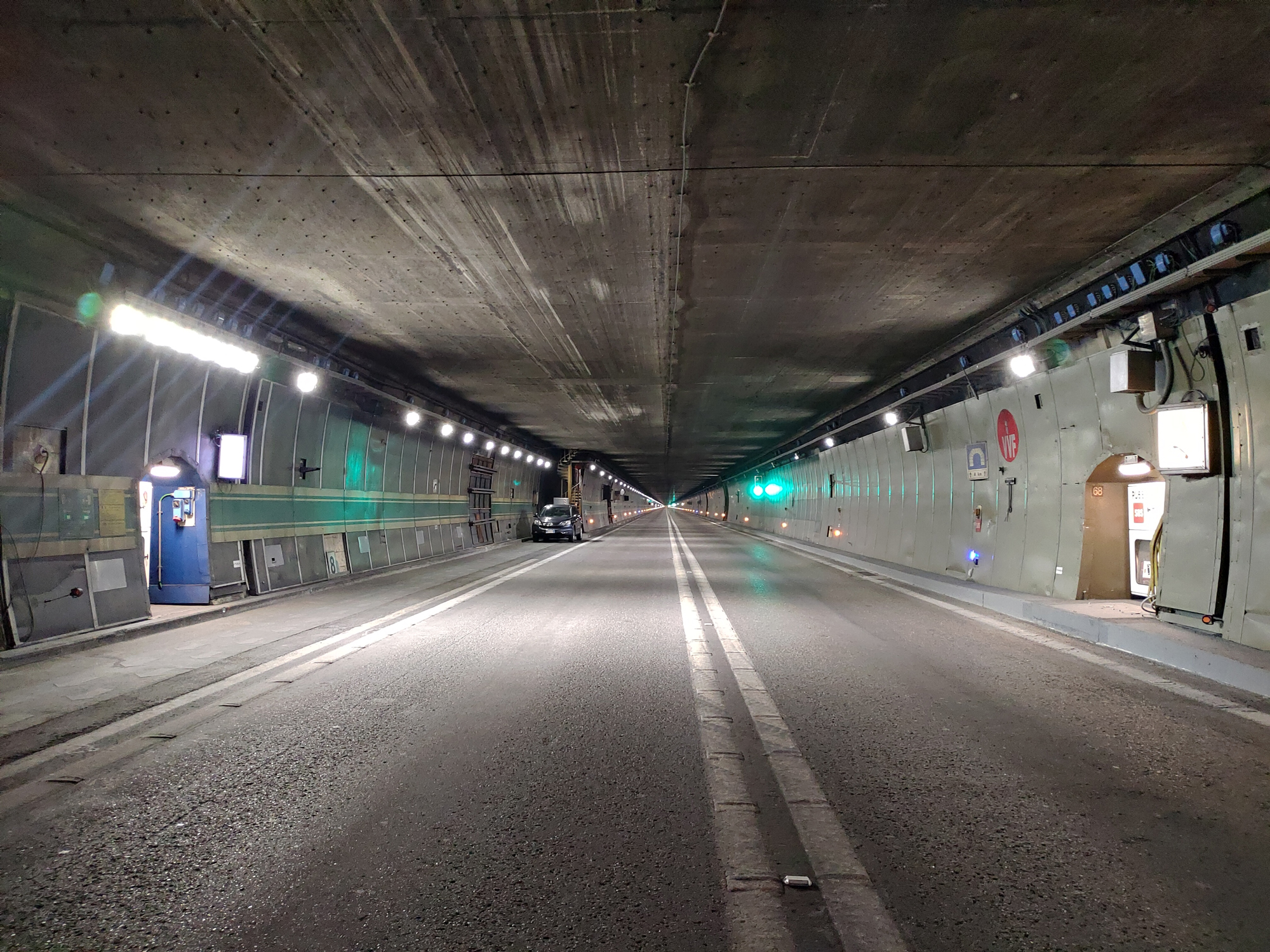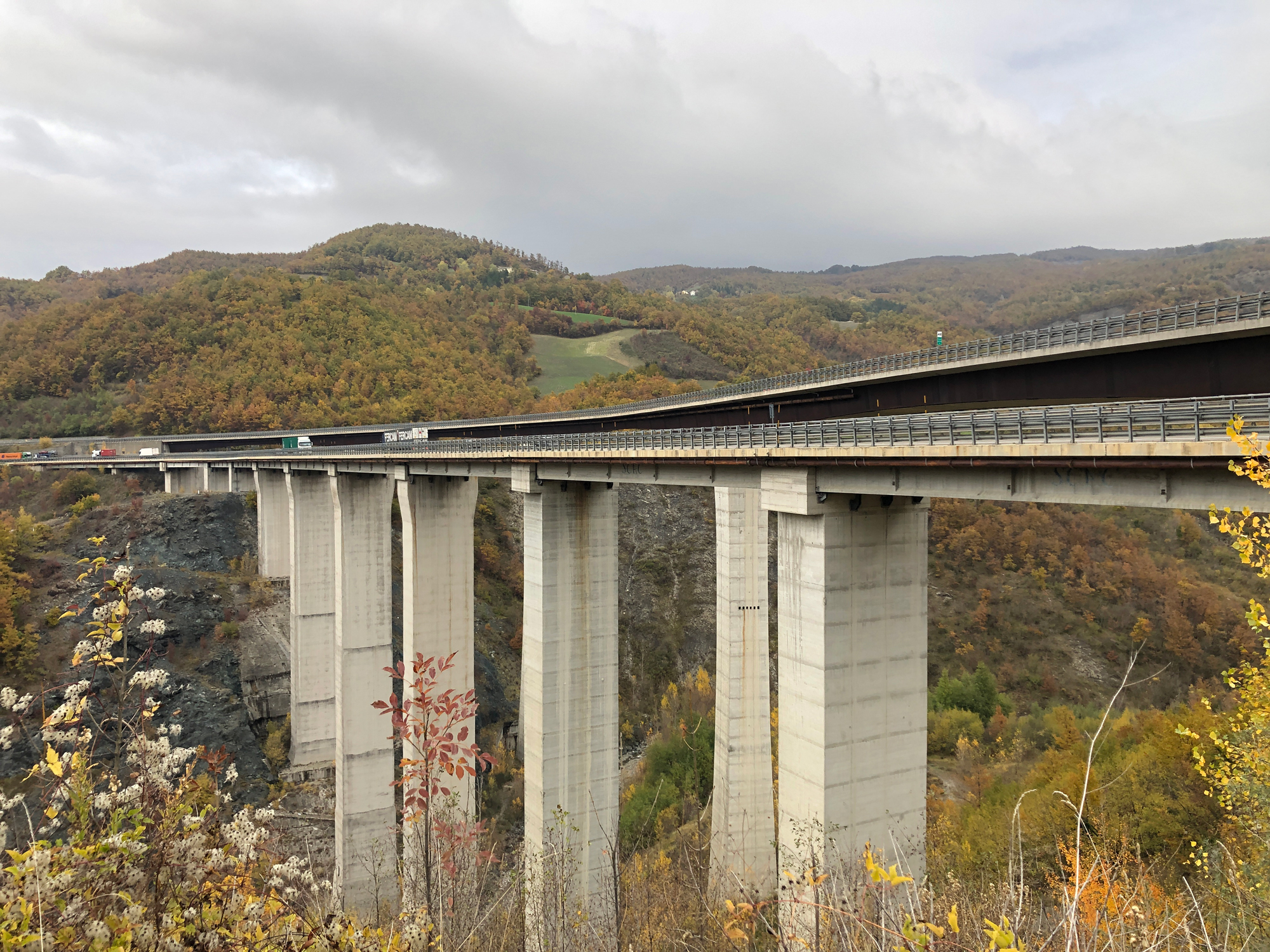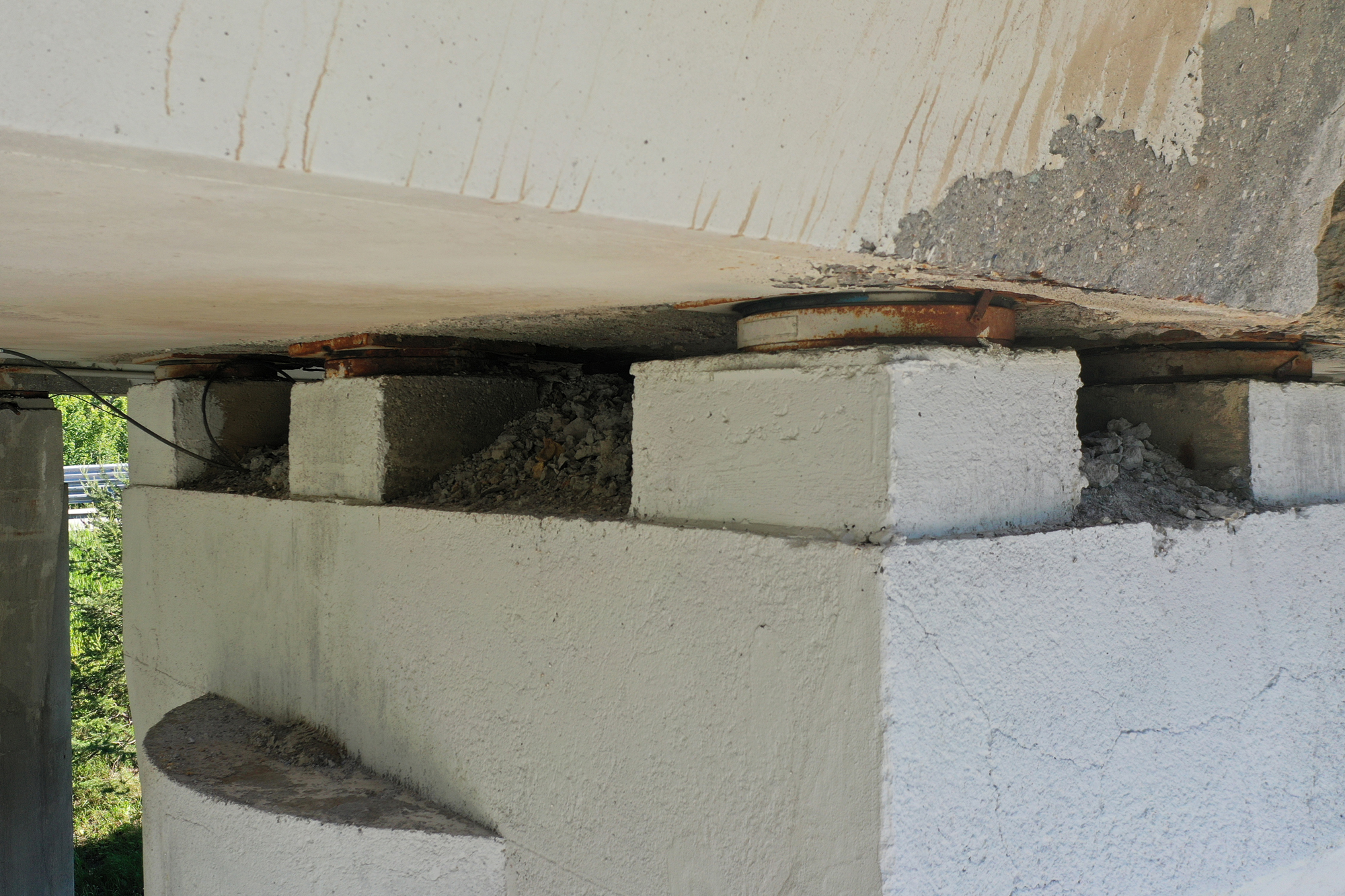SERVICES PROVIDED
- Executive system design
- Installation assistance
- Continuous FE modeling and structural diagnostics with automatic alerting
WHY MONITOR?
- Continuous control of the deformative and membrane tensile state, with the definition of two active thresholds, one for attention and the other for alarm.
- Time-dependent monitoring of the structural response evolution in areas where instability has occurred.
- Continuous monitoring of the areas surrounding the unstable zones.
- Real-time alerting of any structural criticalities.
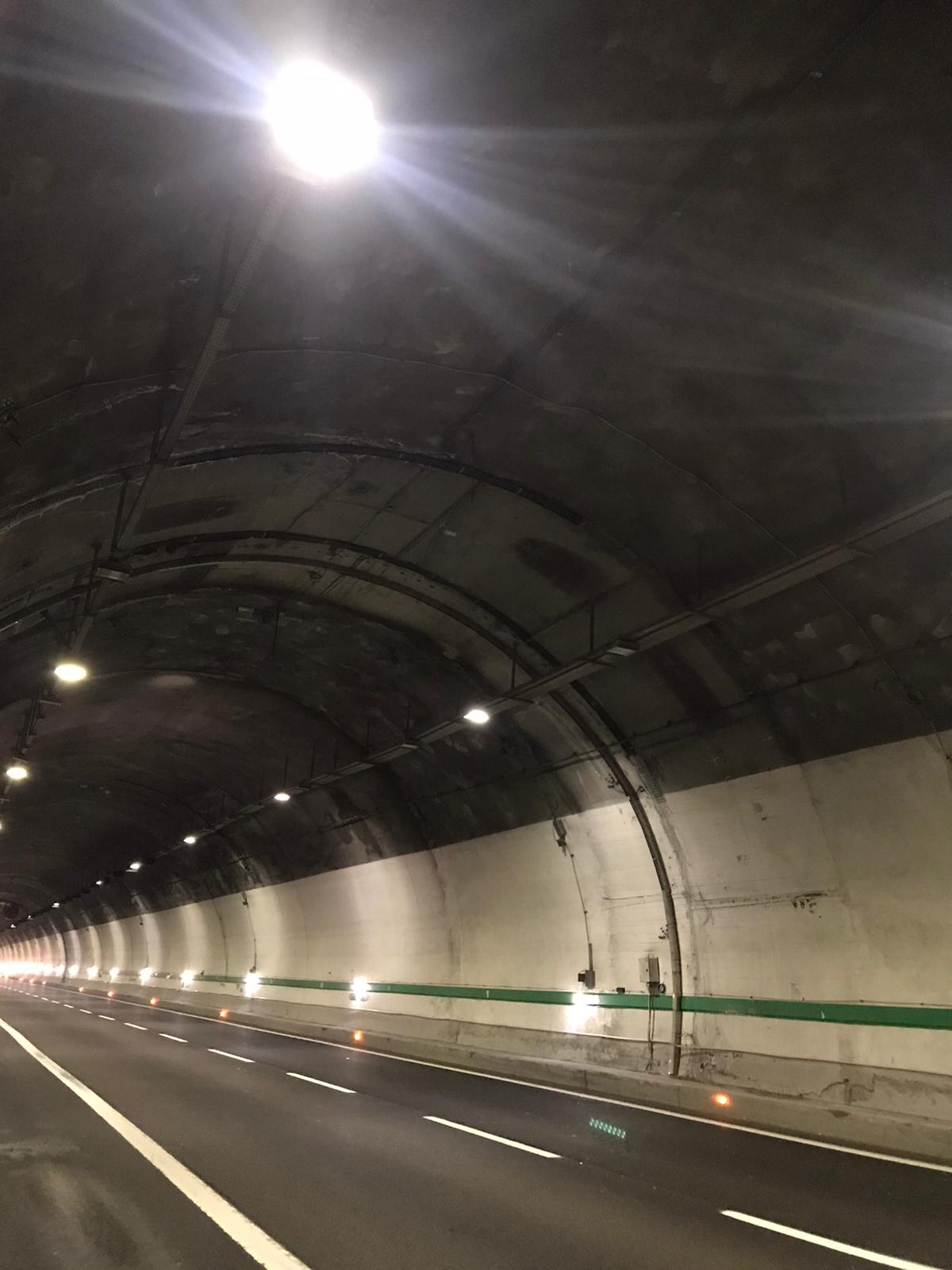
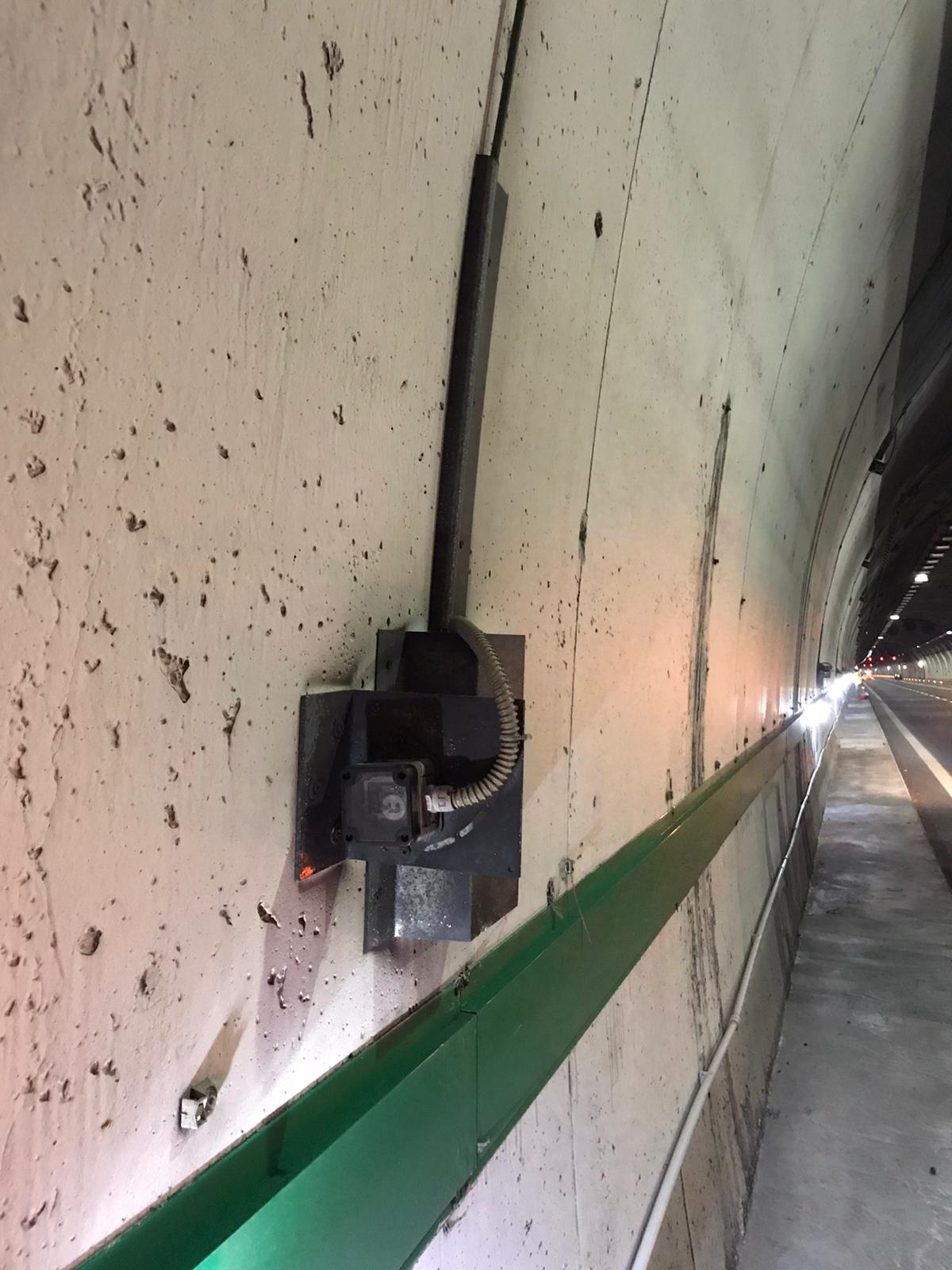
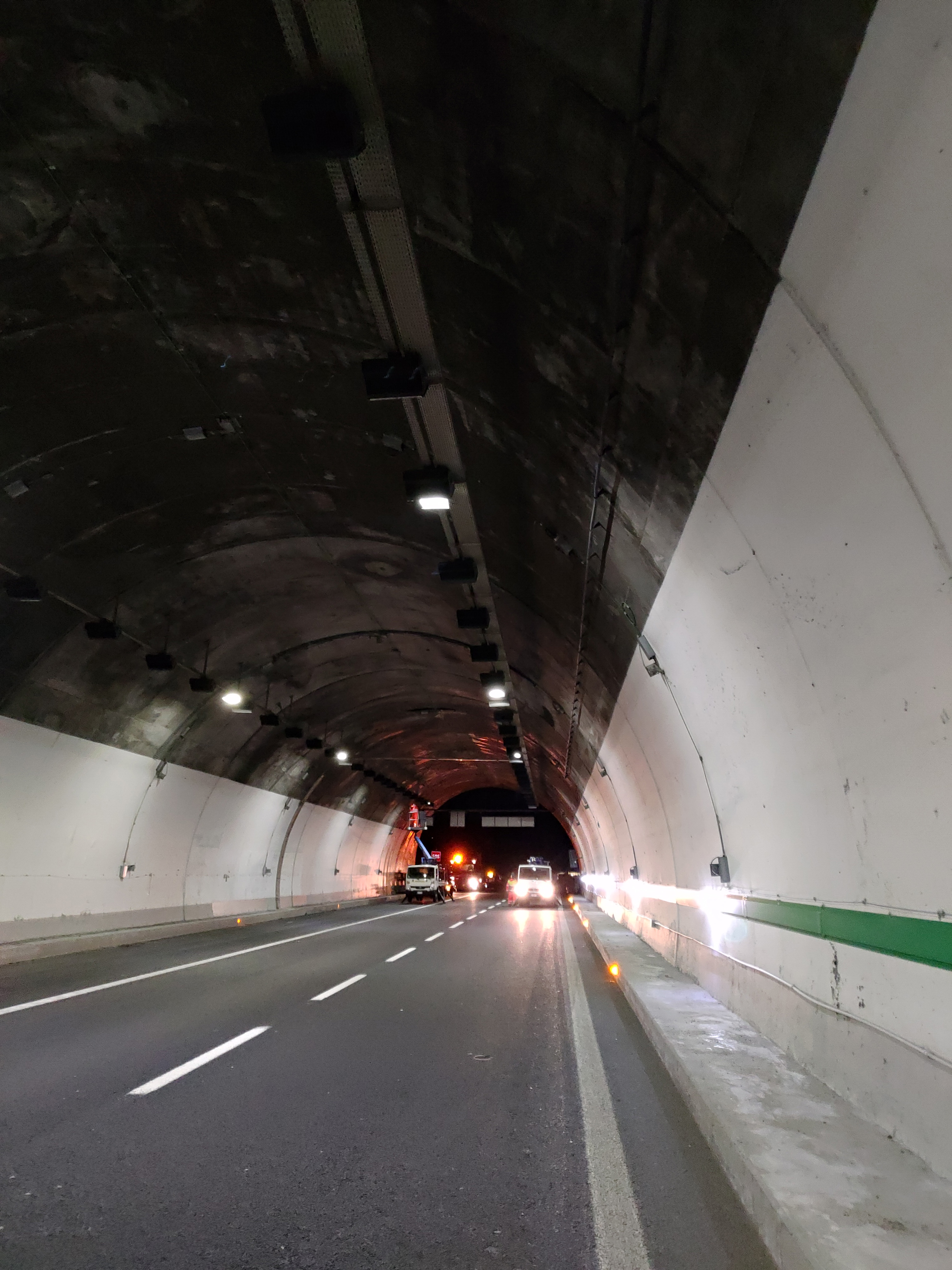
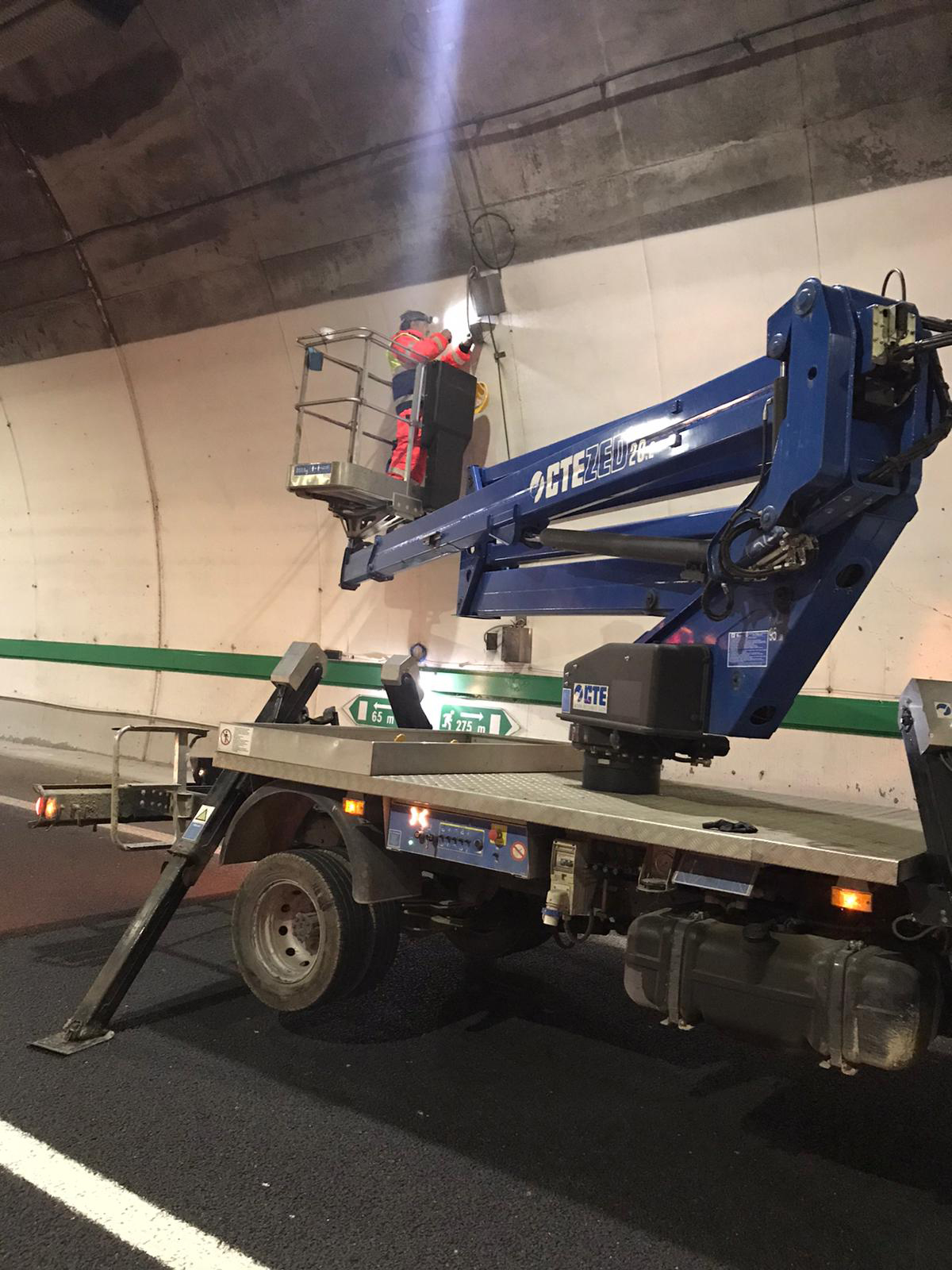
DESCRIPTION OF THE STRUCTURE AND STRUCTURAL MONITORING SYSTEM
The structural monitoring concerns two tunnels. The first tunnel, considered a highly complex construction work, is a double-arch tunnel, one for each direction of travel; the northbound tunnel is approximately 2500 m long and the southbound tunnel is approximately 2600 m long. Both tunnels accommodate a 3-lane carriageway. The tunnel, originally built with precast concrete blocks installed during excavation with a TBM machine, currently has different types of lining due to subsequent reinforcement interventions due to the very high stresses to which the original lining has been subjected over time. There are therefore areas where only the original precast concrete lining is present, sections where a "light" reinforcement is present, and a "heavy" reinforcement. The monitoring system consists of a network of MEMS inclinometers to monitor and quantify the deformation evolution of the tunnel lining in the central section where the reinforcement structure has been installed. The entire inclinometer network has been organized considering transversal and longitudinal lines within the tunnel; in the direction orthogonal to the development of the tunnel, transversal sections have been identified in which to place inclinometers, for a total of 26 sections in the northbound tunnel and 23 sections in the southbound tunnel; the entire monitoring system therefore consists of 762 sensors.
The second tunnel has a length of approximately 4 km, consisting of two unidirectional tunnels characterized by two lanes of traffic and an emergency lane. The northbound tunnel is approximately 3900 m long and the southbound tunnel is approximately 3800 m long; the tunnel excavation was carried out using traditional methods and the tunnel has a reinforced concrete cross-sectional lining. Again, the entire inclinometer network has been organized considering transversal and longitudinal lines within the tunnel. The sensor placement and installation spacing vary along the tunnel, with a greater concentration of inclinometers in the tunnel sections of greater interest for monitoring lining deformations. In total, 1216 sensors have been installed on a total of 68 transversal sections.
DIAGNOSTICS IN A NUTSHELL
The goal of the structural diagnosis for this application is the continuous control and quantification over time of the deformation of the coating. Structural interpretation is performed through a nonlinear FEM modeling calibrated based on the investigation campaigns carried out over time, with which the structural deformation and the evolution of its ovalization at the center of the gallery are evaluated for each monitoring section. Since the measurements allow the evaluation of the relative deformations of the monitored points, the absolute displacements of the cable caused by rigid translations are not detected, but the evolutionary state is inferred by comparing it with the initial monitoring conditions (zero state). The activities of continuous data analysis and structural interpretation are supported by ad hoc developed algorithms that run continuously and allow the derivation of local threshold values for the monitored section from model-driven approaches based on the identified damage conditions and scenarios. In cable sections where the mechanical and stratigraphic conditions are entirely similar, data-driven monitoring is used to extend the performance indicators and control the most significant structural response parameters. Correlations are made between groups of sensors and adjacent monitoring sections to identify and promptly locate anomalies.
Finally, the diagnostic is completed by a real-time alert service for any structural criticalities.
